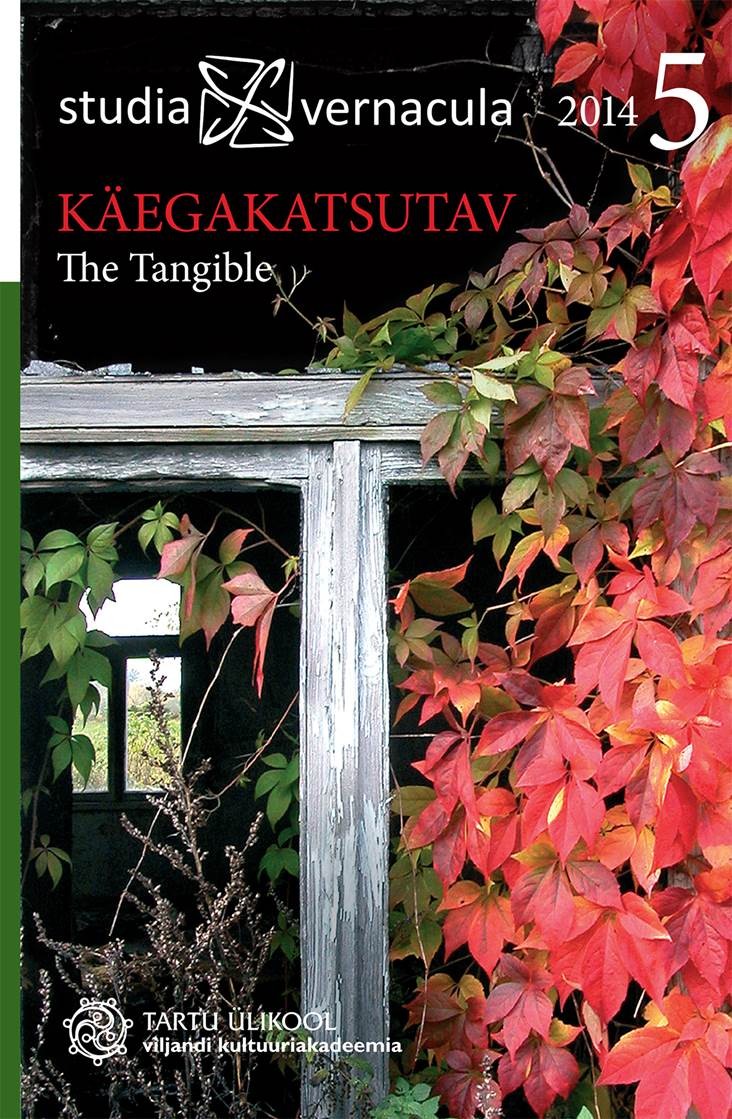Pärandehitus kontseptsioonina ja tehnoloogiakasvatuse osana / Heritage building as a concept and as a part of technology education
DOI:
https://doi.org/10.12697/sv.2014.5.161-164Abstract
The concept of heritage building is used in a multitude of contexts. As a concept, heritage building is young and previously undefined in Finnish scientific literature. Earlier studies about the very notions of heritage building are also nonexistent in Finland. The purpose of the present dissertation was to investigate the conceptions of students in teacher training about heritage building before and after a study module on heritage building, which constitutes a part of their subject studies in didactics of handicrafts (with crafts as their future instructed subject in basic education). Lack of previous studies about conceptions of heritage building in Finland lead to selection of these conceptions as a research target. The study uses two different approaches for achieving its purpose. In order to find answers to the research problem, the students' common conceptions about heritage building were examined first. Secondly, it was considered how structured these conceptions were. Therefore, the research process included a conceptual review of heritage building to provide a baseline for comparing the student's conceptions and their structuredness.
The target group (N28) comprised two classes of students carrying out subject studies in didactics of handicrafts (60 ECTS) in the University of Eastern Finland's Savonlinna campus. 17 of the students were male and 11 female. The two groups of students completed the pedagogical study module on heritage building in 2011 and 2012. The philosophy behind didactics of handicrafts in the Savonlinna campus includes technology education, which has given rise to the above mentioned study module. The students wrote an instructed essay on their conceptions about heritage building before and after the study module. A description of the students' conceptions about heritage building before and after the study module was created through a phenomenographical analysis. For the purposes of analysing the structuredness of the conceptions, the contents of the definition of heritage building were scored. On the basis of the created criteria, the expressions about heritage building in the students' essays were given points depending on their accuracy. The structuredness of conceptions was described by employing a three-stage scale: unstructured, fairly structured, and structured. The review of structuredness was given more depth by assessing the results against the student background information collected prior to the study module.
The research results indicate that even though students in didactics of handicrafts have conceptions about heritage building that are parallel with the definition formulated for the purposes of the dissertation, they are superficial on average. The students were able to describe general values associated with heritage building, but understanding of the underlying material technology and structural physical systems often had fundamental limitations. The review of structuredness of conceptions supported the results achieved in the phenomenographical analysis of conceptions. It was observed that completing the study module had an impact on the structuredness of conceptions. Furthermore, the students' personal background was found to have some implications on how structured their conceptions on heritage building were, which was evidenced by notable differences in structuredness of conceptions on the individual level. Therefore, the conclusion is that instruction based on scientific research knowledge and drawing from technology education has influence on how structured the conceptions on heritage building are among students in teacher training.
Keywords: heritage building, conceptions, conceptual change, structuredness, essay, phenomenography, technology education

